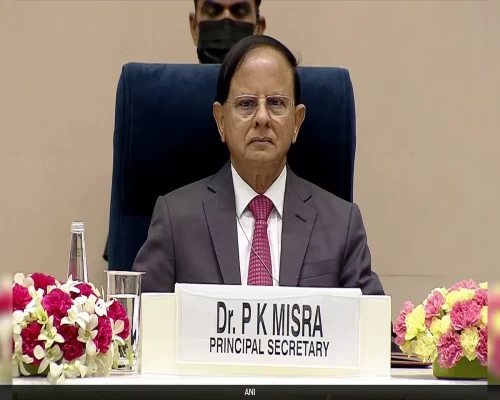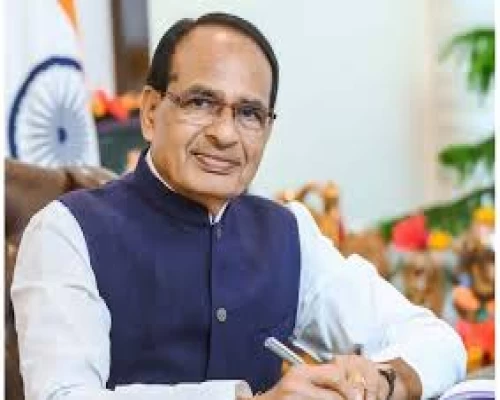
New Delhi: India’s growth outlook for 2025 has been trimmed by the United Nations to 6.3%, down from 6.6% projected earlier this year, but the country continues to rank among the world’s fastest-growing large economies. Strong private consumption, public investment and resilient services exports are expected to drive momentum, the global body said on Thursday.
The revised projection was released as part of the UN’s latest report, The World Economic Situation and Prospects as of mid-2025. Speaking at a press briefing, Ingo Pitterle, Senior Economic Affairs Officer at the UN Department of Economic and Social Affairs (DESA), said, “India remains one of the fastest growing large economies, driven by strong private consumption and public investment, even as growth projections have been lowered to 6.3 per cent in 2025.”
The cut comes against the backdrop of a wider global economic deceleration, with growth weighed down by trade frictions, geopolitical uncertainties and weakened investor confidence. The report forecasts global GDP growth at 2.4% in 2025, down from 2.9% in 2024 and lower than previous expectations by 0.4 percentage points.
“It’s been a nervous time for the global economy. In January this year, we were expecting two years of stable, if subpar, growth, and since then, prospects have diminished, accompanied by significant volatility across various dimensions,” said Shantanu Mukherjee, director of the Economic Analysis and Policy Division at UN DESA. “This is not a recession, but the slowing down is affecting most countries and regions.”
The UN projected India's GDP to expand by 6.3% in 2025, following an estimated growth of 7.1% in 2024. A modest uptick to 6.4% is expected in 2026.
The report notes that India's labour market remains relatively stable but points to persistent gender gaps in employment. Inflation in India is expected to decline from 4.9% in 2024 to 4.3% in 2025, keeping within the Reserve Bank of India’s target range. The central bank, which had held its policy rate at 6.5% since February 2023, began easing rates in early 2025.
Neighbouring economies including Bangladesh, Pakistan and Sri Lanka are also pursuing fiscal consolidation under IMF-supported programmes.
Globally, the report paints a picture of broad-based slowdown. Growth in the United States is expected to fall sharply from 2.8% in 2024 to 1.6% in 2025, driven by elevated tariffs and rising uncertainty in policy environments. China is forecast to grow at 4.6%, impacted by weak consumer sentiment, pressure on export sectors and difficulties in the real estate market.
The report warns that the ripple effects of trade disputes could be especially damaging for developing countries. “The tariff shock risks hitting vulnerable developing countries hard, slowing growth, slashing export revenues, and compounding debt challenges, especially as these economies are already struggling to make the investments needed for long-term, sustainable development,” said Li Junhua, United Nations Under-Secretary-General for Economic and Social Affairs.
For least developed countries, where growth is expected to dip from 4.5% in 2024 to 4.1% in 2025, shrinking export revenues, tighter financing conditions and reduced development assistance may increase fiscal pressures and the risk of debt distress.
The report calls for strengthening multilateral cooperation and reviving the rules-based trading framework to help vulnerable economies navigate the slowdown and build towards more inclusive development.
BI Bureau













